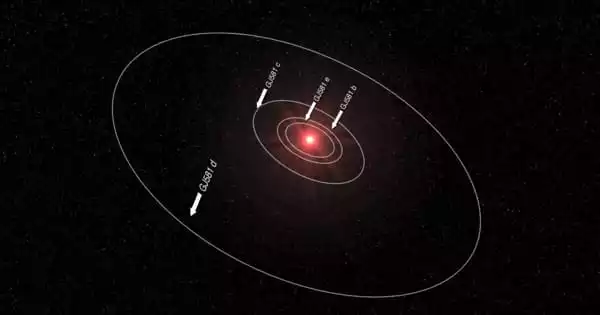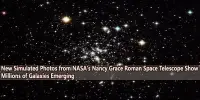An eccentric planetary system is a planetary system where the orbits of the planets are highly elliptical, or non-circular, rather than being perfectly circular. In such a system, the distance between the planets and their host star varies significantly during their orbits, which can have important consequences for the planetary environment.
Through detailed asteroseismic analysis of its host star HD 76920, a team of researchers led by Jiang Chen from the Max Planck Institute for Solar System Research and Wu Tao from the Yunnan Observatories of the Chinese Academy of Sciences reexamined the properties of the highly eccentric planetary system HD 76920b.
The study was published in The Astrophysical Journal on March 2, 2023.
HD 76920b has an orbital eccentricity of 0.856 (comparable to the eccentric solar system bodies Comet 2P/Encke and asteroid 3200 Phaethon), making it one of the most eccentric planets known to orbit evolved stars.
For the first time, solar-like oscillations in HD 76920 were discovered utilizing five sectors of the TESS light curve that collectively account for about 140 days of data. The researchers updated the semimajor axis and mass of the planet and improved the measurements of the star mass, radius, and age using asteroseismic modeling carried out by five different worldwide teams.
They verified that the planet is currently sufficiently enough from the star to experience little tidal decay before being enveloped in the stellar envelope using these new parameters of the planetary system. And they estimated that, depending on the stellar model utilized, this catastrophe would take place in the next 100 Myr.
Asteroseismology is well known for its capacity to precisely quantify fundamental star parameters (such as mass, radius, and density), which is essential for putting constraints on planet attributes.
By the convergence of asteroseismology and exoplanet research, this asteroseismic analysis highlights the potential of star oscillations for describing planetary systems.
















